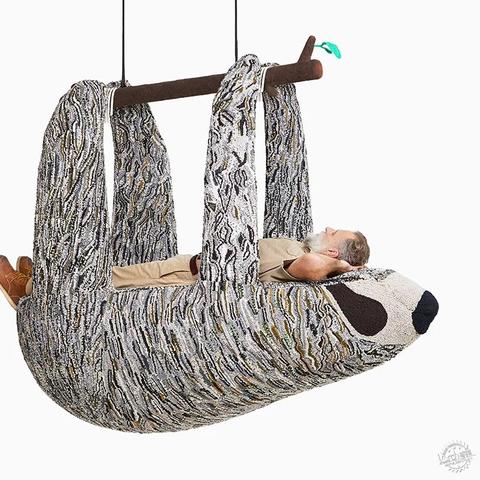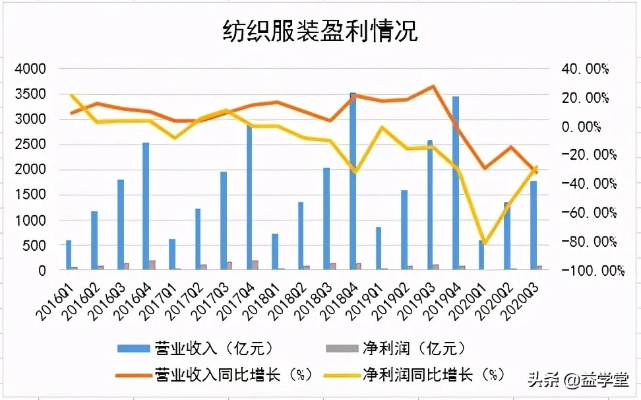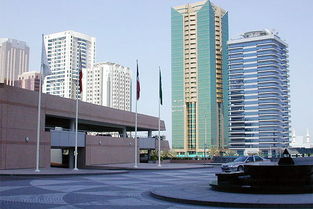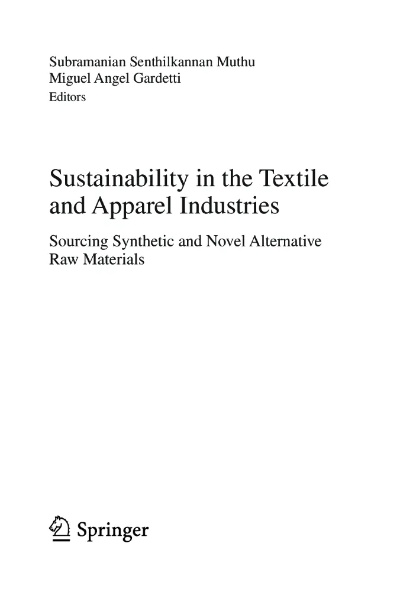Understanding the Common Pitfalls of Fibers and Their Impact on Durability
"Understanding the Common Pitfalls of Fibers and Their Impact on Durability",Fibers, as an essential component in various materials, play a crucial role in determining the properties of these materials. However, there are common pitfalls that can impact the durability of fibers, making it essential to understand them. One such pitfall is the presence of impurities or defects within the fiber, which can lead to reduced strength, dimensional changes, and decreased resistance to wear and tear. Additionally, the processing techniques used to produce the fiber also have a significant impact on its durability. For example, high-temperature treatments can cause damage to the fiber structure, leading to reduced strength and increased susceptibility to degradation. Therefore, understanding the common pitfalls of fibers and their impact on durability is crucial for ensuring the longevity and performance of these materials.
Introduction to the Topic: The textile industry is a multifaceted field that involves the creation of various materials for clothing, home furnishings, and other applications. One aspect that often gets overlooked in this process is the durability of these fabrics. While many textiles are designed to last for years or even decades, there are certain fibers that tend to lose their shape and become prone to wear and tear more easily. In this article, we will delve into the common pitfalls of different types of fibers and discuss how they impact the overall quality and longevity of textile products.
Types of Fibers and Their Susceptibility to Puffing:
- Cotton: The soft and breathable nature of cotton makes it popular for clothing but also susceptible to pilling, which occurs when small balls of fibers form at the surface of the fabric. This can be reduced through proper washing and care.
- Linen: Linen is known for its durability and breathability, but it can also pill if not handled properly. It's important to avoid rough handling and use gentle detergents for best results.
- Wool: Wool is a warm and luxurious material but can be prone to pilling due to its natural fiber structure. It's recommended to wash wool items in cold water and use a wool-safe detergent.
- Silk: Silk is a delicate material that can easily pill due to its fine fibers. It's best to hand wash silk items with lukewarm water and avoid using strong chemicals.
- Polyester: Polyester is a synthetic fiber that is durable and resistant to pilling. However, it can still pill if not treated properly. It's important to follow the manufacturer's instructions for washing polyester garments.
Common Causes of Puffing:
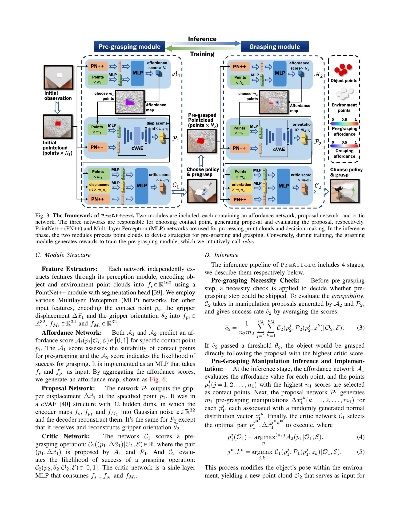
- Improper Washing: Using hot water or harsh detergents can cause fibers to pill or loosen their shape. It's important to follow the care instructions provided by the manufacturer for your specific fabric type.
- Overwashing: Excessive washing can strip away the protective coating on the fibers, making them more prone to pilling. It's best to use gentle cycles and limit the amount of time your garments spend in the washer.
- Chemical Residues: Certain chemicals used in cleaning products can damage the fibers and increase the risk of pilling. It's important to choose products that are free from harmful chemicals.
- Stress or Tension: Wearing garments that are too tight or cause excessive strain can lead to pilling. It's important to choose styles that fit well and do not cause undue stress on the fabric.
Case Study: One example of a fabric that is particularly prone to puffing is wool. A popular brand, "Wool & Cashmere," has experienced a significant increase in complaints about its wool sweaters becoming pilled after only a few wears. To address this issue, the company began using a specialized wool softener in its manufacturing process, which helps reduce the pilling rate significantly. Additionally, the brand has implemented strict guidelines for washing and care instructions, ensuring that customers can maintain the quality of their wool garments over time.
Conclusion: While many textiles are designed to withstand regular wear and tear, there are some fibers that may require extra care to prevent puffing. By understanding the common causes of puffing and taking steps to mitigate them, you can ensure that your favorite textiles last longer and look their best. Whether you're a seasoned textile enthusiast or just starting out, staying informed about the challenges facing different fibers can help you make informed decisions when shopping for new clothes or accessories.
在日常生活中,我们经常接触到各种各样的纺织品,其中起球问题是一个不容忽视的问题,本文将通过案例分析和讨论,帮助大家了解哪些纺织品更容易起球,并提供一些应对策略。
起球原因分析
- 天然纤维:天然纤维如羊毛、棉等在摩擦或洗涤过程中容易起球。
- 化学处理不当:某些化学处理不当的纺织品也可能导致起球。
- 洗涤方式不当:不正确的洗涤方法或过度洗涤也可能导致起球。
案例说明
以下是一些纺织品起球的具体案例:
某品牌羊毛衫
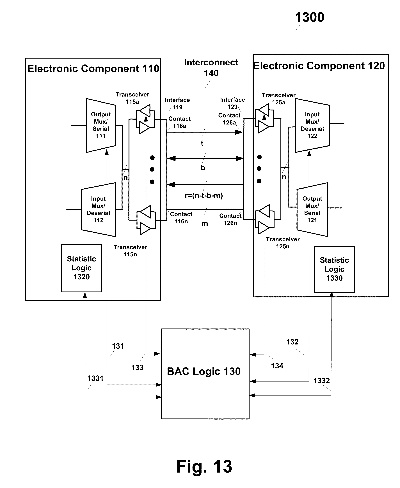
描述:该品牌羊毛衫在穿着一段时间后出现起球现象。 原因分析:羊毛衫在制作过程中可能使用了不恰当的化学处理,或者洗涤方式不当导致纤维表面粗糙,从而容易起球。
某品牌棉质床单
描述:该床单在使用一段时间后出现起球现象。 原因分析:棉质面料在摩擦或洗涤过程中容易受到纤维间的相互摩擦,如果没有正确处理或保养,就容易起球。
应对策略
- 选择合适的纺织品材料:选择天然纤维制成的纺织品,如纯棉、亚麻等,可以减少起球的可能性。
- 注意洗涤方式:正确洗涤纺织品,避免过度洗涤和不当的洗涤方法,可以使用温和的洗涤剂和适当的洗涤温度和时间。
- 使用抗起球剂:对于已经出现起球的纺织品,可以使用抗起球剂进行处理,以减少起球现象。
- 注意存放环境:存放纺织品时,应避免与粗糙物品摩擦和过度拉扯,以减少起球的可能性。
表格补充说明
以下是关于纺织品起球的一些表格补充说明:
| 纺织品类型 | 易起球情况描述 | 相关案例分析 | 应对策略 |
|---|---|---|---|
| 天然纤维 | 如羊毛、棉等在摩擦或洗涤过程中容易起球 | 某品牌羊毛衫出现起球现象 | 选择天然纤维制成的纺织品,避免过度洗涤和不当的洗涤方法 |
| 某品牌棉质床单出现起球现象 | 注意洗涤方式,正确使用温和的洗涤剂和适当的洗涤温度和时间 | ||
| 化学处理不当 | 如使用了不恰当的染料或整理剂等 | 不恰当的化学处理可能导致纤维表面粗糙,从而容易起球 | 选择合适的纺织品材料,避免使用不恰当的化学处理产品 |
| 洗涤方式不当 | 如使用不正确的洗涤工具或过度洗涤等 | 不正确的洗涤方法可能导致纤维受损,从而容易起球 | 注意存放环境,避免与粗糙物品摩擦和过度拉扯 |
| 抗起球剂 | 使用抗起球剂可以减少纺织品表面的起球现象 | 一些抗起球剂可以有效地减少纺织品表面的起球现象,延长纺织品的使用寿命 | 根据具体情况选择合适的抗起球剂进行处理 |
纺织品起球是一个常见的问题,对于我们来说需要注意选择合适的纺织品材料和正确的洗涤方式,我们也需要注意存放环境,避免与粗糙物品摩擦和过度拉扯,对于已经出现起球的纺织品,可以使用抗起球剂进行处理,以延长纺织品的使用寿命。
Articles related to the knowledge points of this article:
Summary of Textile Product Photography Work Contents
